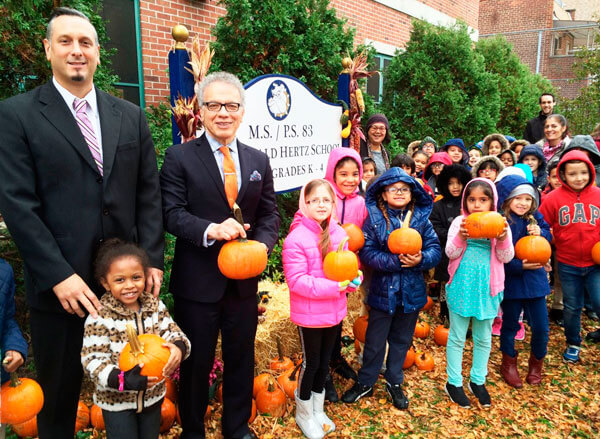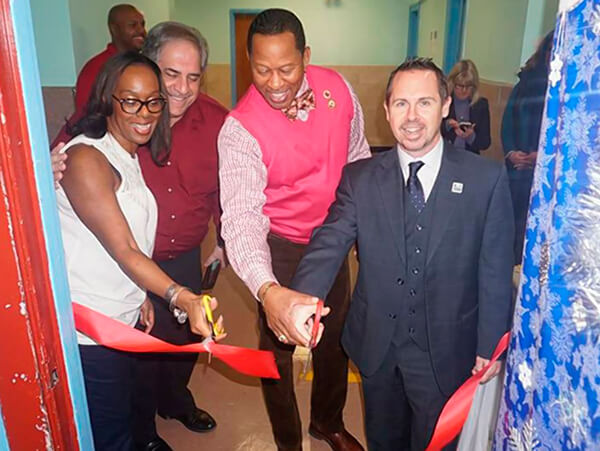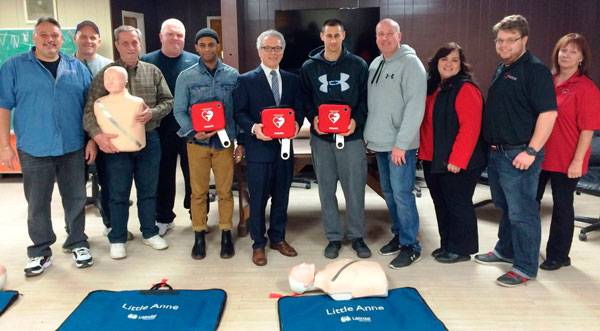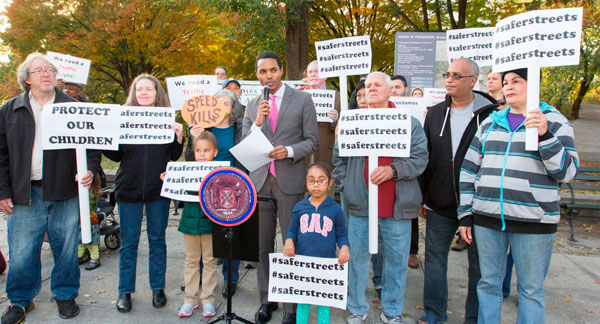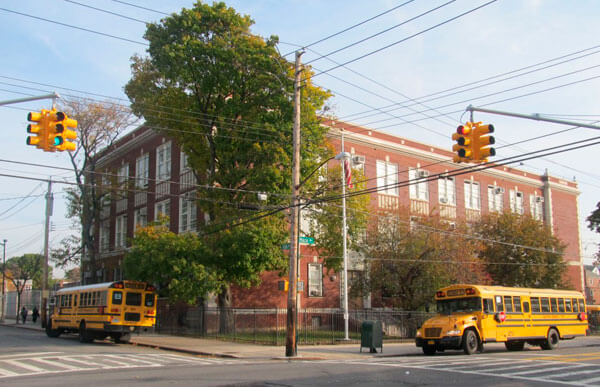Students got to learn more about the natural world and take home a pumpkin and a delicious recipe at a recent P.S. 83 event.
Second grade students who are part the school’s garden club got a lesson from the Horticultural Society of New York on pumpkins: how they grow and how they can be made into nutritious food.
The pumpkin programming took place on Thursday, October 27.
Councilman James Vacca funded the programming that encompassed the lesson, which took place inside the school and outdoors at its ‘pumpkin patch’ and garden.
The funding came through the city council’s A Greener NYC initiative and will eventually include the creation of new educational programming and a new outdoor classroom space.
“I had an environmental grant that I got from the NYC Council to help keep New York City green and we want to stress to the students how important the environment is,” said Vacca, adding that students learned all about the pumpkins because of the season, and that he had taken part in the educational process by reading to the students.
As part of Vacca’s $39,254 grant to P.S. 83, which the councilman called the ‘pilot school’ in his district in terms of receiving A Greener NYC funding, an outdoor classroom will be designed and built with tree stump seating and planting of perennials by the Horticultural Society of New York.
All year long, students in the second grade garden club take care of a garden that grows plants and vegetables, and learn about healthy eating habits, said Brandon Muccino, P.S. 83 principal.
“To have pumpkins here naturally fits in with the garden theme,” said the principal. “All our students get to pick their own pumpkins.”
The green initiative for the second graders is part of a larger health and wellness educational program for the whole school community, he said.
Pamela Ito of the Horticultural Society of New York said that the day of learning at P.S. 83 encompassed not just pumpkins but much of what is visible in nature during the fall, including the seasonal climate changes and falling leaves.
“Students love pumpkins; there is a lot of education that can go around the season,” said Ito.
The children learned that pumpkins are a fruit, a great source of vitamin A, and that there are seeds inside.
She wanted students to realize that pumpkins can be used to make many kinds of food and not just pumpkin pie, as some may believe.
“I would like the children to take away that they should eat the pumpkins,” she said, “In this case, we brought edible sugar pumpkins and we gave the children a recipe to make pumpkins with white beans as a savory food.”
The Horticultural Society of New York has installed about 50 school gardens, said Ito, adding that she encourages students and educators to use the outdoors as a classroom space.
“It is important because the students might be a little disconnected from the natural world living here in New York City,” she said.

